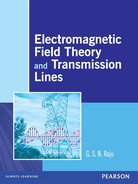Introduction
This introduction provides
- a list of some applications of EMF theory
- a comparison between EMF and Circuit theories: the reasons why EMF theory is superior and why it is essential for engineers and scientists
- small and large value representation, frequency ranges of TV channels and so on for general information
- information about the notations used in this book
- comprehensive background of the parameters, symbols, units and meanings
Electromagnetic Field (EMF) Theory is often called Electromagnetics. It is a subject which deals with electric field, magnetic field and also electromagnetic fields and phenomena.
EMF Theory is essential to design and analyse all communication and radar systems. In fact, it is also used in Bio-systems and in this context it is called Bio-electromagnetics.
APPLICATIONS OF ELECTROMAGNETIC FIELD THEORY
Electromagnetic Field Theory is used in
- Wireless communications
- Satellite communications
- TV communications
- Cellular communications
- Radio broadcast
- Mobile communications
- Microwave communications
- All types of antenna analysis and design
- All types of transmission lines and waveguides
- Bio-medical systems
- Electrical machines
- Speed-trap radars
- Weather forecast radars
- Remote sensing radars
- Radio astronomy radars
- Ground mapping radars
- Meteorological radars
- Plasmas
- Electromagnetic interference and compatibility
- Electromechanical energy conversion systems
- Electric motors
- Cyclotrons
- Nuclear research
- Radiation therapy
- Heating deep tissues
- Stimulating Bio-physiological responses
- Relieving some pathological conditions
- Induction heating
- Melting
- Forging
- Surface hardening
- Annealing
- Soldering
- Dielectric heating
- Joining plastic sheets
- Sealing plastic sheets
- Agriculture
- Reducing acidity in vegetables to improve taste
- Telephones
- Fibre optic communications
- Lasers
- Masers
- Electric relays
- Transformers
- Microwave ovens
The design and analysis of a system, device or circuit requires the use of some theory or the other. The analysis of a system is universally defined as one by which the output is obtained from the given input and system details. On the other hand, the design of a system is one by which the system details are obtained, from the given input and output. These two important tasks are executed by two most popular theories, namely, circuit and electromagnetic theories. The differences between them are listed on next page.
DIFFERENCES BETWEEN CIRCUIT THEORY AND ELECTROMAGNETIC FIELD THEORY
| Circuit theory | Field theory |
|---|---|
1. Deals with voltage (V) and current (I) |
Deals with Electric (E) and Magnetic (H) fields |
2. V and I are scalars |
E and H are vectors |
3. V and I are produced from E and H respectively |
E and H are produced from V and I respectively |
4. V and I are functions of time (t) |
E and H are functions time (t) and space variables (x, y, z) or (ρ, ϕ, z) or (r, θ, ϕ) |
5. Radiation effects are neglected |
Radiation effects can be considered |
6. Using circuit theory, transmitter and receiver circuits can be analysed and designed. But it cannot be used to design or analyse a medium like free space |
Using field theory, the medium also can be designed and analysed |
7. This is simplified approximation of field theory |
This is a more accurate theory |
8. The variables of circuit theory, V and I are integrated effects of variables of field theory E and H |
The variables of field theory, E and H are integrated effects of variables of circuit theory V and I |
9. Circuit theory cannot be used to analyse or design a complete communication system |
Field theory can be used where circuit theory fails to hold good for the analysis and design of a communication system |
10. Is useful at low frequencies |
Is useful at all frequencies, particularly at high frequencies |
11. At low frequencies the length of connecting wires is very much smaller than I |
At high frequencies the length of connecting components are of the order of λ |
12. Cannot be applied in free space |
Is applicable in free space |
13. Is simple |
Is complex but it is simplified by using appropriate mathematics |
14. Basic laws are Ohms law, Kirchoff’s laws |
Basic laws are Coulomb’s law, Gauss’s law, Ampere’s circuit law |
15. Basic theorems are Thevenin’s, Nortan’s, Reciprocity, Superposition, Maximum power transfer theorems |
Basic theorems are Reciprocity, Helmholtz, Stoke’s, Divergence and Poynting theorems |
16. Basic equations are Mesh/Loop equations |
Basic equations are Maxwell, Poission, Laplace and Wave |
NOTATION OF SCALAR PARAMETERS
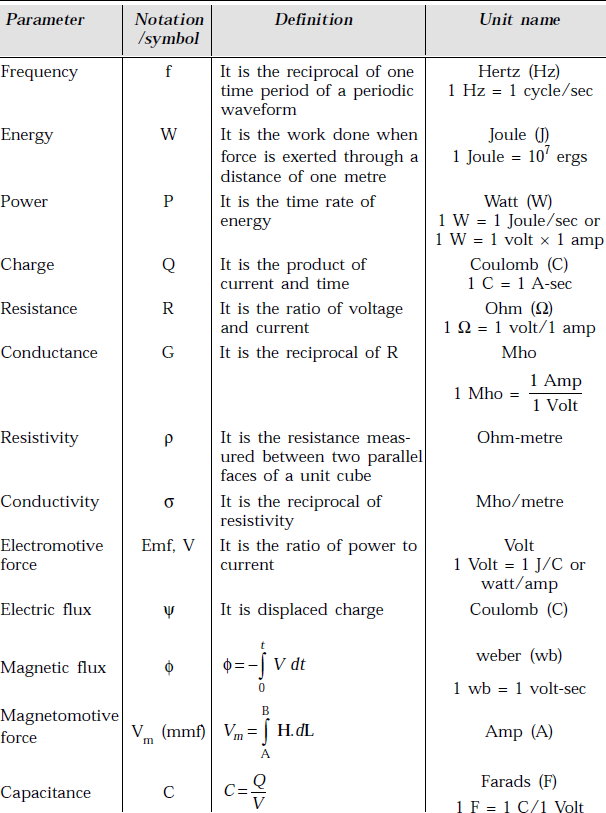
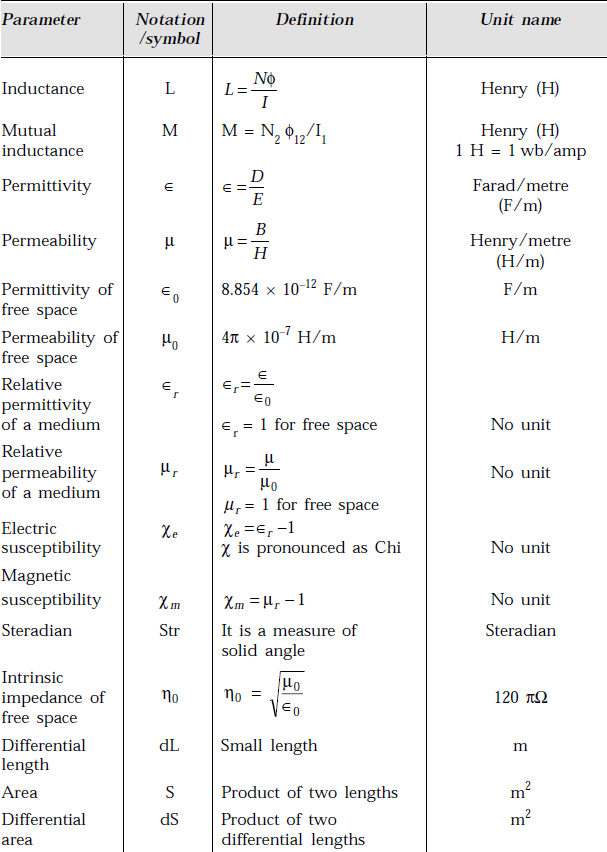
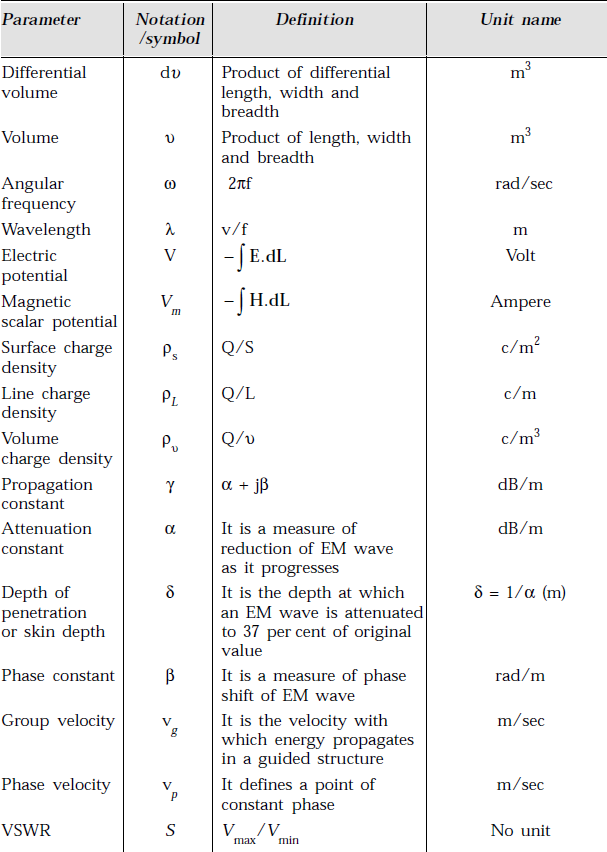
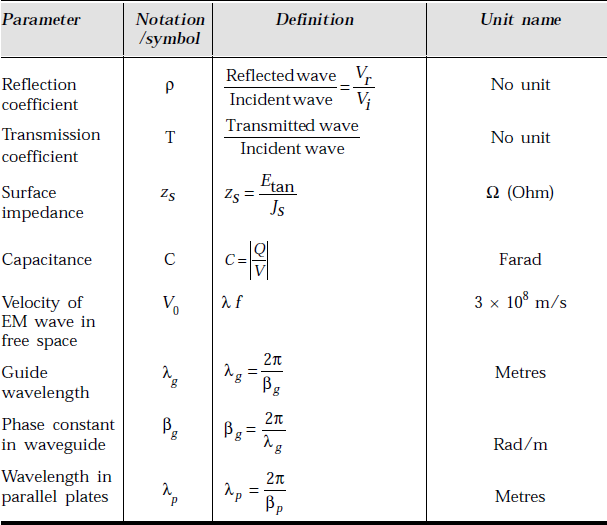
NOTATION OF VECTOR PARAMETERS
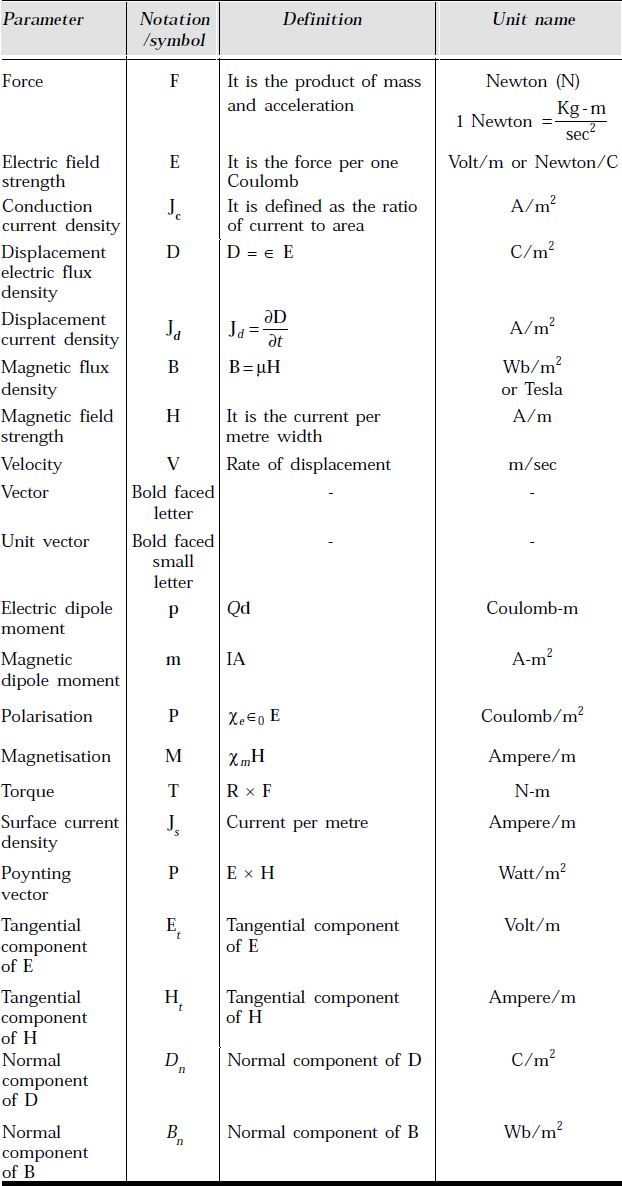
SMALL VALUE REPRESENTATION
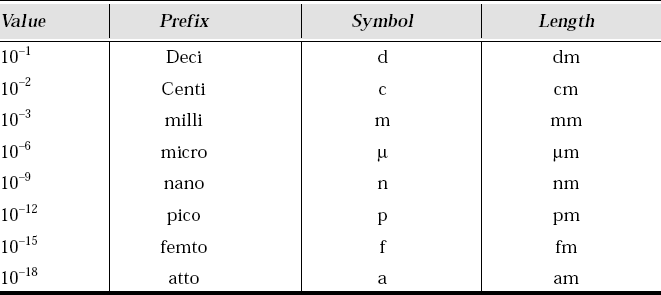
LARGE VALUE REPRESENTATION
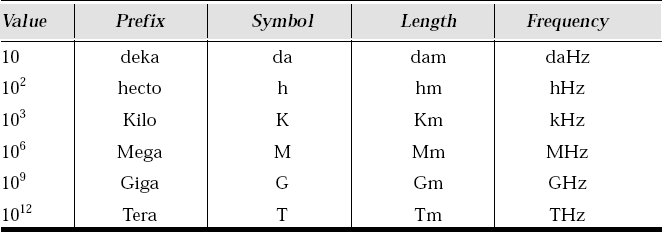
FREQUENCY RANGES OF TV CHANNELS
| Channel no. | Frequency band (MHz) |
|---|---|
2 |
54-60 |
3 |
60-66 |
4 |
66-72 |
5 |
76-82 |
6 |
82-88 |
7 |
174-180 |
8 |
180-186 |
9 |
186-192 |
10 |
192-198 |
11 |
198-204 |
12 |
204-210 |
13 |
210-216 |
UHF Band |
470-806 |
SOME GREAT CONTRIBUTORS TO ELECTROMAGNETIC FIELD THEORY
BENJAMIN FRANKLIN (1706–1790)
American scientist-statesman, established the law of conservation of charge and determined that there are both positive and negative charges. He invented the lightning rod in 1750.
CHARLES AUGUSTIN DE COULOMB (1736–1806)
French colonel, formulated Coulomb’s law in 1785.
ANDRE MARIE AMPERE (1775–1836)
French physicist, invented the Solenoidal Coil for producing magnetic fields. He developed Oersted’s discovery and introduced the concept of current element and force between current elements in 1825.
HANS CHRISTIAN OERSTED (1777–1851)
Danish professor of physics. In 1820 he discovered that a magnetic needle is deflected by a current in a wire.
KARL FRIENDRICH GAUSS (1777–1855)
German mathematician, developed Divergence theorem and Gauss’s law. Gauss was the first scientist who measured electric and magnetic quantities in absolute units.
MICHAEL FARADAY (1791–1861)
Director of the Royal Society in London. He formulated Faraday’s law in 1837.
HEINRICH FRIEDRICH EMIL LENZ (1804–1865)
Professor of physics, discovered Lenz’s law.
HERMANN LUDWIG FERDINAND VON HELMHOLTZ (1821–1894)
Professor at Berlin, working in the field of Physiology, Electrodynamics and Optics. He formulated the wave equations in Electromagnetics. He established Helmholtz theorem.
JAMES CLERK MAXWELL (1831–1879)
Scottish physicist, was a professor at Cambridge University, England. He published the first Unified Theory of Electricity and Magnetism. Founded the science of electromagnetism and formulated relations between electric and magnetic fields. These are the laws of Gauss, Faraday and Ampere.
JEAN-BAPTISTE BIOT (1774–1862) AND FELIX SAVART (1791–1841)
They were professors of physics at the College de France. The Biot-Savart law was proposed in 1820.
HEINRICH HERTZ (1857–1894)
Professor at the Karlsruhe Polytechnic. In 1886 he assembled the apparatus for a complete radio system with an end-loaded dipole as transmitting antenna and a resonant square loop antenna as receiver.
GUGLIELMO MARCONI (1874–1937)
He repeated Hertz’s experiments in 1901 and startled the world by announcing that he had received radio signals from across the Atlantic.
